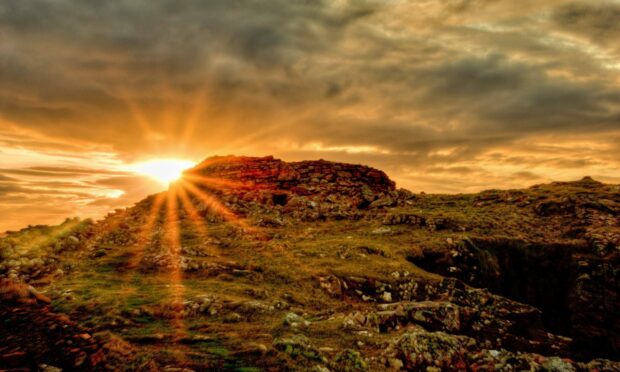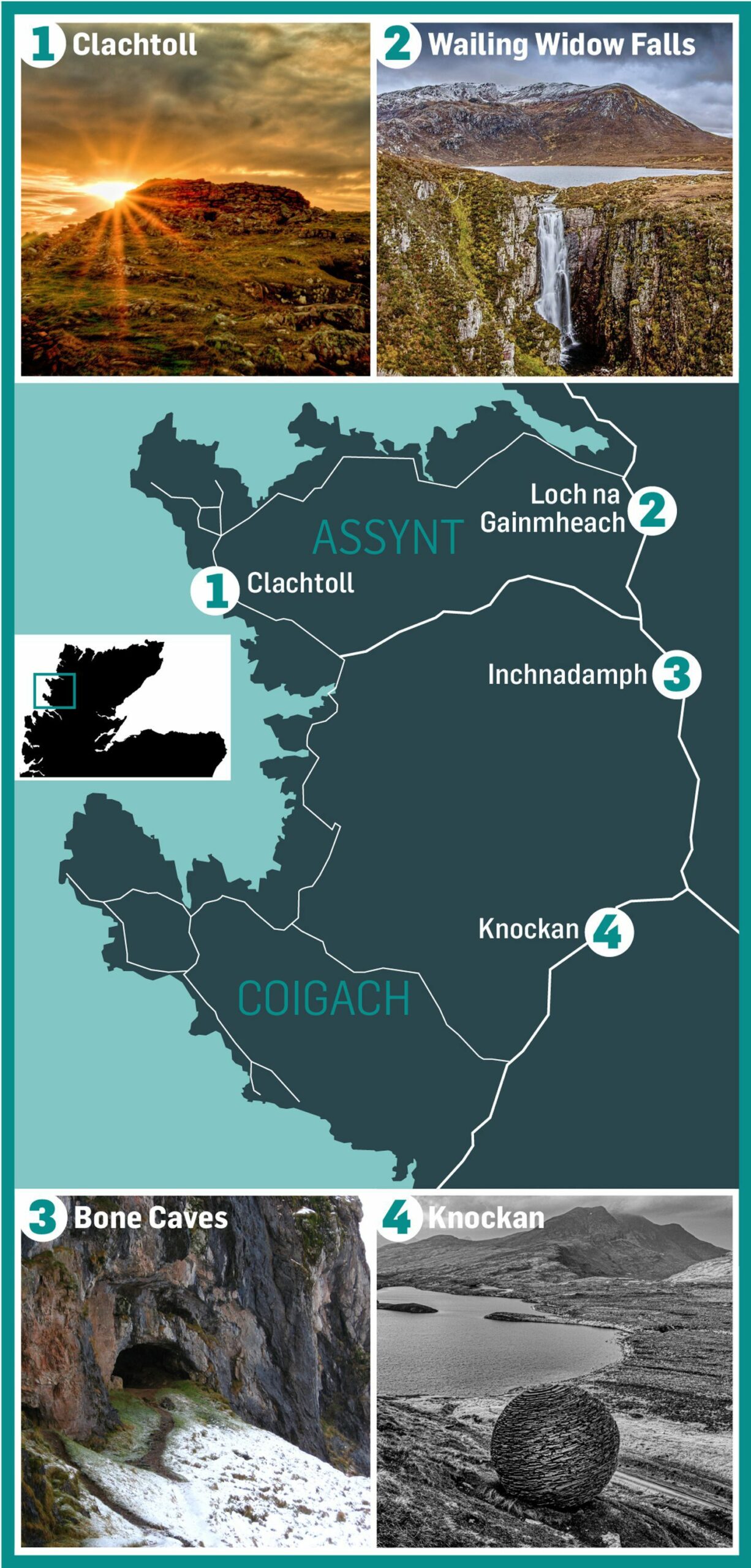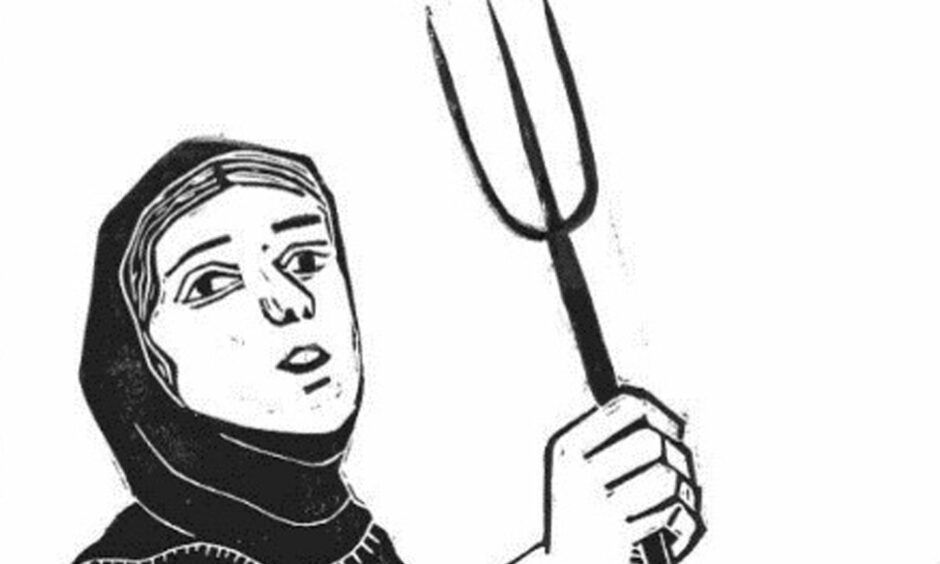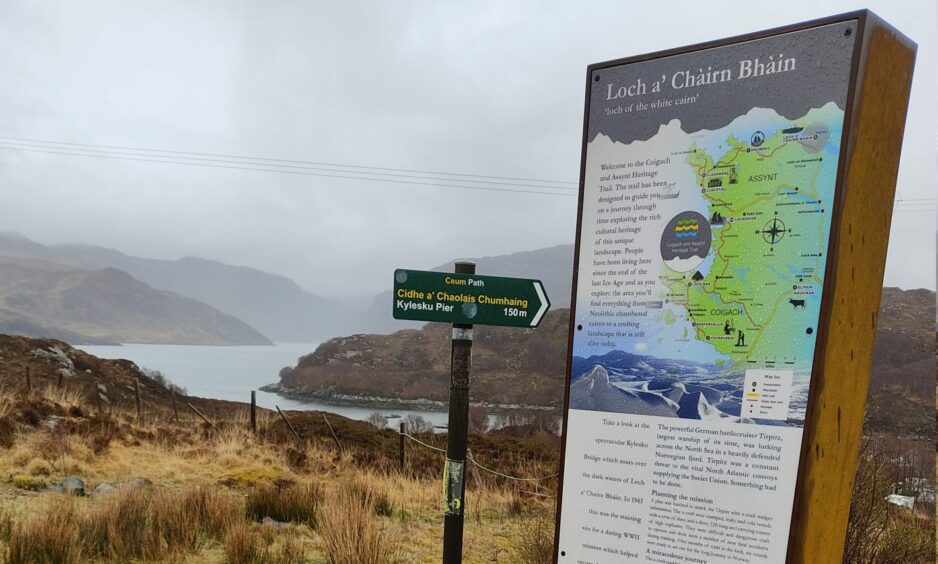There are stories of murder, rebellion and polar bears.
Of pre-historic settlements, geological discoveries and ghosts.
The history of Coigach and Assynt in the far north is long and rich and takes time to tell.
It is hoped a new heritage trail that launches on May 21 will encourage visitors to slow down and learn about the area.
The aim is to divert people from the popular North Coast 500, ditch the car and explore the area on foot, by bike and even by kayak.
Heritage trail picks out local points of interest
The Coigach and Assynt Heritage Trail runs from the township of Culnacraig at the base of Ben Mor Coigach to Kylesku in Sutherland.
Using a specially-created map and information leaflet, visitors can plot their way around local points of interest with the help of interpretation monoliths and waymarker posts displaying the trail’s QR code linked to a website.
The trail is part of the Coigach and Assynt Living Landscape Partnership Scheme, which aims to bring environmental and economic benefits to the area with National Lottery Heritage Fund support.
The community project has gleaned information from local people who have helped to preserve the stories.
Working with the Coigach Community Development Company and Historic Assynt, Seoras Burnett compiled the information for the heritage trail from local accounts and academic papers.
He said: “The trail will allow people to stop and reflect on a rich and complex history which runs through this amazing landscape, from the end of the last Ice Age to the present day.”
Project coordinator Ann Marie Firth-Bernard said the initiative is aimed at both local people and visitors.
She said: “This has been an enjoyable and rewarding project to work on and we’re looking forward to sharing our local history with a wide audience.
Slow tourism away from NC500
“When we were designing the heritage trail we had ‘slow tourism’ in mind, with a view to attracting people away from the rush of the NC500 and exploring the surrounding areas.”
People have been living in the Coigach and Assynt area for millennia. Until the early 19th century it was home to multiple farmsteads and a thriving population.
It had a significant role in the Clearances when the move to larger sheep farms drove people from the land to either emigrate or be resettled in marginal coastal townships.
A notable act of resistance against eviction was in the early 1850s in Badenscallie which is on the heritage trail.
When the landowner planned to move 90 tenants to create a large sheep farm, a significant number refused to be moved.
On five occasions sheriff officers attempting to service eviction writs were repelled, including when the writs were burned and the officers were stripped before being sent on their way.
The successful resistance was mainly led by women and led directly to crofter land rights being secured in the Crofting Act.
More recently, the Assynt crofters bought over the land where they lived in 1993 and became pioneers for the land reform movement.
What other stories can visitors learn about?
Some of the other places where visitors can find out about local history include:
- Loch na Gainmheach (loch of the sand). Site of the last hanging in Assynt and the Wailing Widow Falls.
Some say it was named after a hunter who fell over the cliff and, when found by his mother, a widow, she also threw herself over the side.
The waterfall has no ‘roar’ and, other than the gurgling of the burn, it is said the only sound that can sometimes be heard is the wails of the widow’s ghost.
- Drumbeg. Birthplace of the ‘witch’ Mòr Bhàn (Fair Sarah) and site of a murder.
In 1830 the body of travelling merchant Murdoch Grant was spotted floating in a loch and brought ashore.
A young man Hugh Macleod was arrested and some of Grant’s belongings were found after another man Kenneth Fraser said he saw in a dream the goods were buried under rocks near a loch.
Macleod was later convicted and hanged in Inverness.
It was the last trial where the evidence of a dream was considered valid and the last person from the parish was executed.
- Knockan. On the crag above the township, there is a tribute to Benjamin Peach and John Horne who made a major contribution to understanding the area’s geology by identifying thrust tectonics.
It also has the Knockan Crag stone ball sculpture.
- The Bone Caves. A 2km walk up the glen of the Allt nan Uamh from the roadside car park on the A837.
In the 1920s animal and human remains were discovered.
The human bones were later dated to around 2515 and 2720 BC.
Wolf, lynx and bear bones
The animal bones are regarded as the most complete record of the last glacial period found in Scotland.
Species discovered include Arctic fox, wolf, lynx, brown bear and even a polar bear.
- Clachtoll Broch. Once up to 14 metres tall, the Iron Age tower was an important vantage point for spotting approaches from land and sea.
Brochs and dùns are found all along the west coast of Scotland and suggest a sophisticated society existed two millennia ago.
You might also like:



